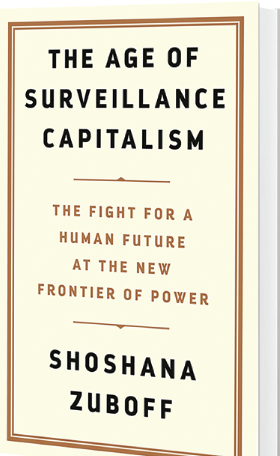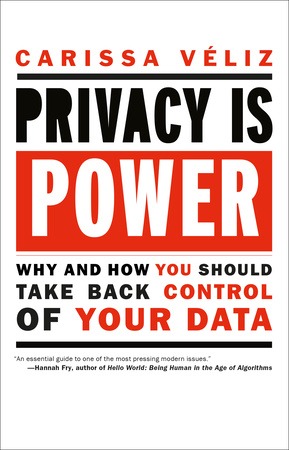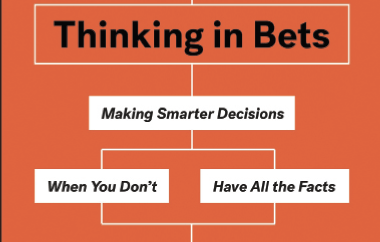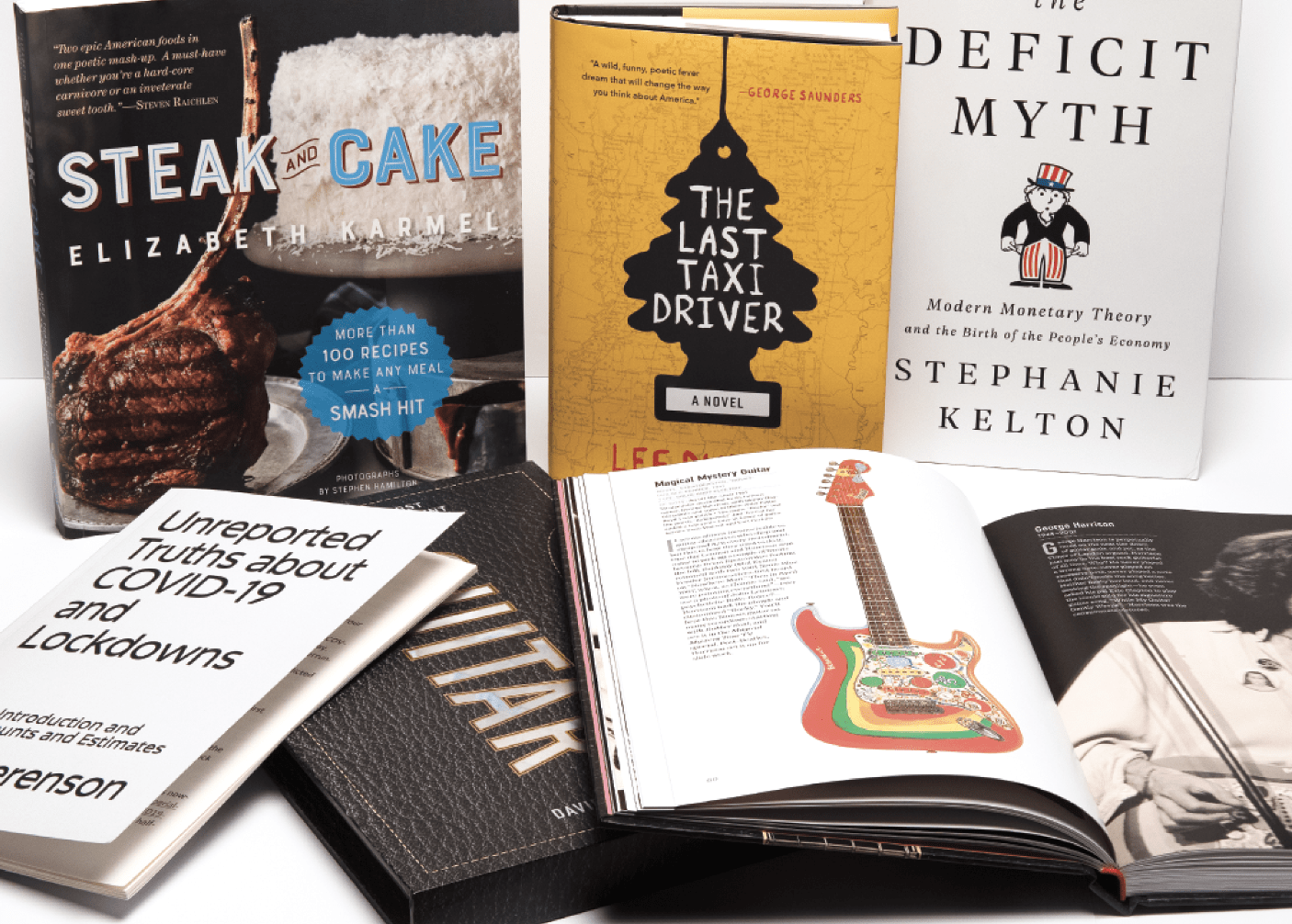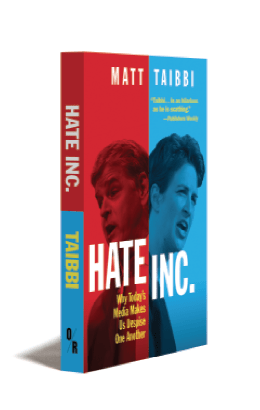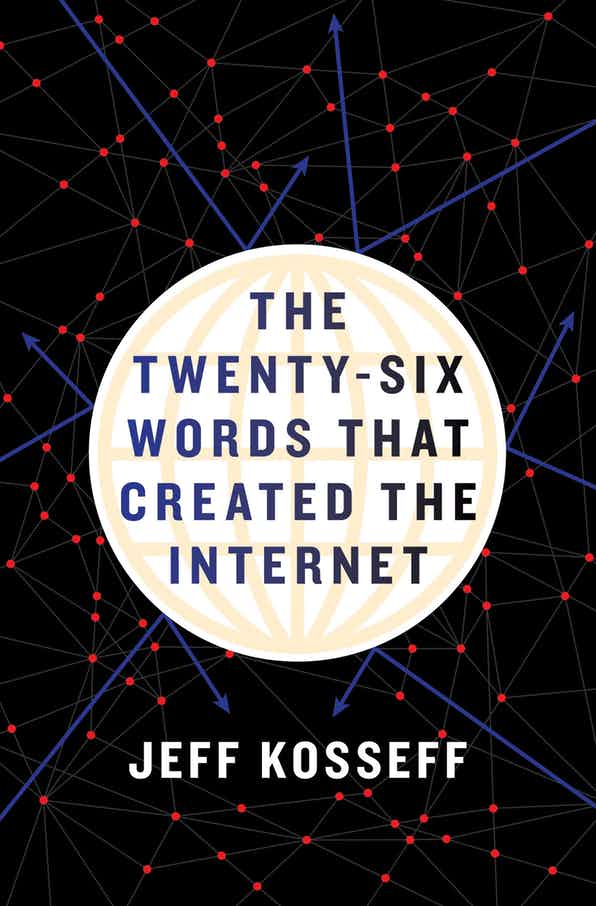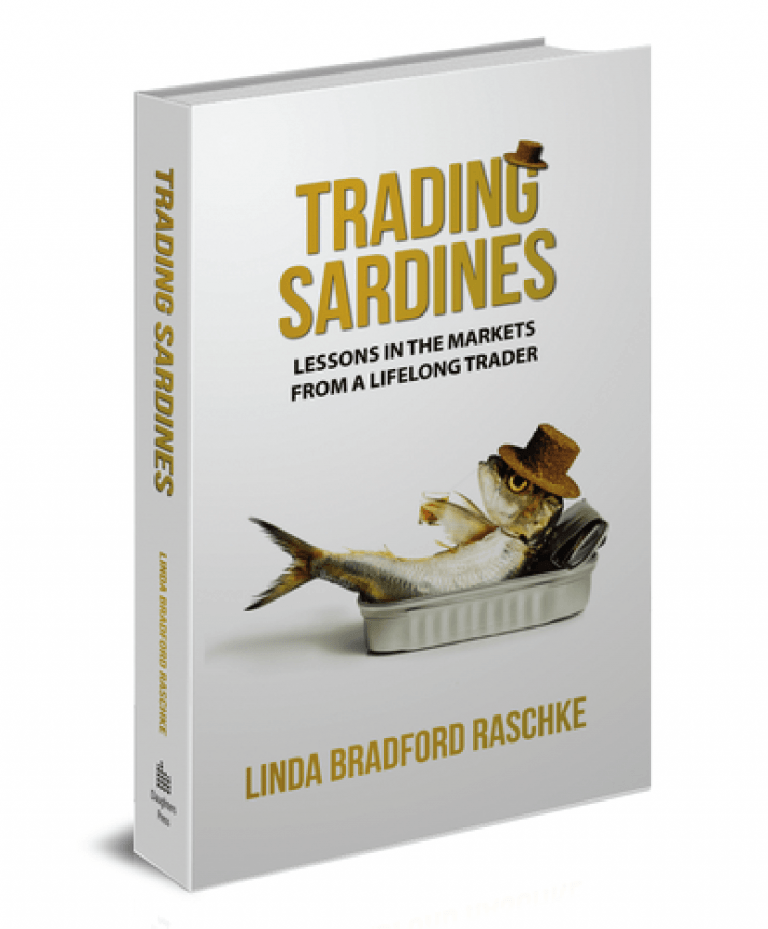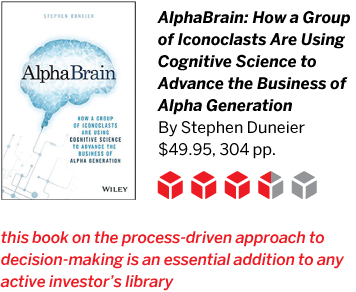How to Be a Conscious Eater
When it comes to what people should eat, confusion reigns. One day, coffee can cause cancer—the next, it’s the key to a long life. One day, something else will be bad for heart health—and the next it will be the perfect thing to start your day.
And this is all without even considering the environmental costs associated with various foods: Should almonds and avocados, while nutritious, be passed over because of concerns about water usage? Small farmers in Latin American countries can’t grow enough food or raise enough animals because most of their water is used to grow avocados.
What about farm-raised fish versus wild-caught? And what do food labels like “all-natural,” “fair trade” and “free-range” actually mean?
In How to Be a Conscious Eater: Making Food Choices That Are Good for You, Others, and the Planet, author Sophie Egan offers an extensive guide to decoding food labels.
Egan says that conscious eating is not about diets, fads or hard-and-fast rules. It’s about being armed with the facts to navigate hype, marketing and misinformation in order to make food choices anyone can feel good about. And while nutritional guidance, environmental science and social movements evolve over time, the advice in this book is evergreen and straightforward, from an expert on eating in a way that is good for people and for the planet.
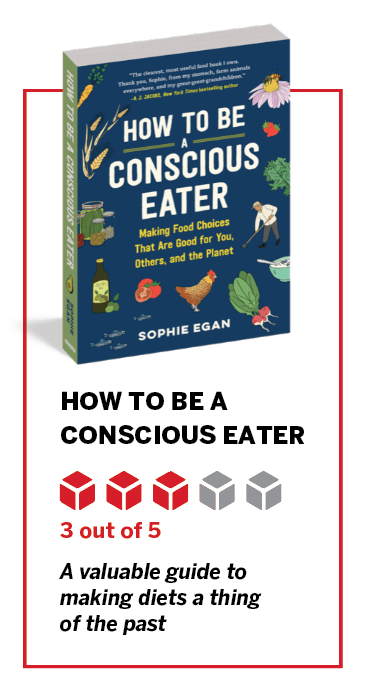
She provides tips for buying produce, including why it’s good to eat seasonally and regionally. She lists produce grown with the heaviest amounts of pesticides (otherwise known as the “Dirty Dozen”) and the lowest (the “Clean Fifteen”). A simple rule to remember: When one plans to eat the skin, buy organic. If the skin isn’t eaten, buying organic is less important.
There’s a memorable philosophy for eating meat: “First, less. Then, better.” Eat less meat overall (especially red meat), and when one does eat meat, make sure it’s of higher quality and raised humanely.
This book is very niche, with the author reaching out to readers who want to eat better (and also more consciously). That can seem daunting. Many don’t want to study everything before eating it—entering meals into a calorie-counting app is a big enough task.
For example, she writes, “If you choose to eat fast food, choose the restaurant chains that serve meat raised without antibiotics, that pay their workers higher wages and that have committed to animal-welfare initiatives.”
Most readers who eat out frequently won’t do that much research. But this book’s for those few who will.
—Yesenia Duran

